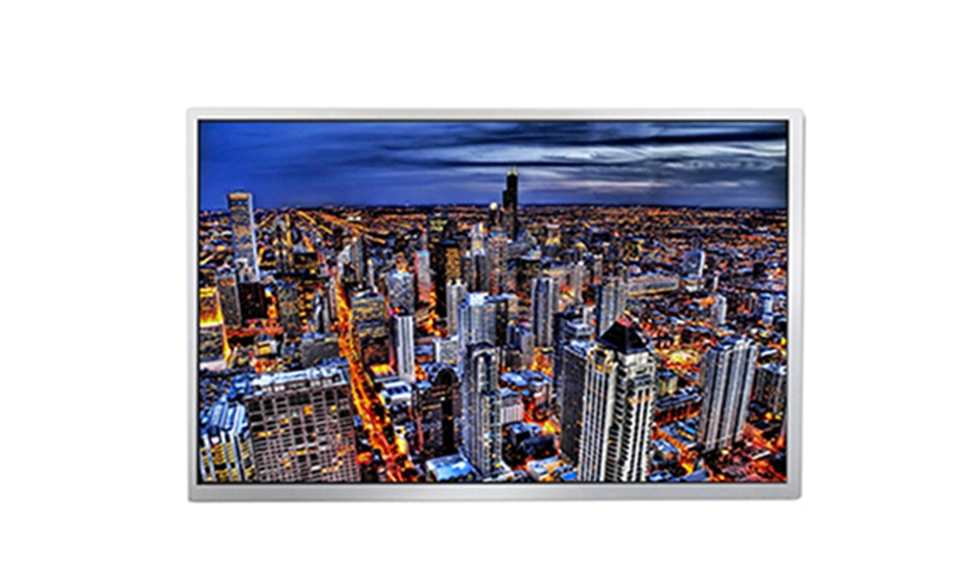Views: 281 Author: Reshine-Display Publish Time: 2024-04-16 Origin: Site








The world of technology is an ever-evolving landscape, where advancements in display technology have transformed the way we interact with our devices. Among the various types of displays, Thin Film Transistor Liquid Crystal Display (TFT LCD) has become a prominent choice due to its superior clarity and visual performance. In this blog post, we will delve into the evolution of TFT LCD displays, exploring their construction, operation, and the magic behind their exceptional clarity. We will also discuss the applications of 2.4 inch LCD displays and touch screen capabilities in today's digital landscape.
TFT LCD displays owe their exceptional clarity to their unique construction and operation. These displays consist of a layer of liquid crystal material sandwiched between two glass panels. The key component that sets TFT LCD displays apart from other LCD displays is the thin film transistor (TFT) layer. This layer is responsible for modulating the light passing through the liquid crystal, allowing each pixel to be individually addressed and controlled.
The operation of a TFT LCD display involves applying an electric field to the liquid crystal material, causing it to align in a specific orientation. This alignment affects the polarization of the light passing through the liquid crystal, which is then filtered by polarizers to produce the desired color and brightness levels. By controlling the electric field applied to each pixel, TFT LCD displays can achieve high-quality images with excellent color accuracy and wide viewing angles.
One of the most significant advantages of TFT LCD displays is their ability to produce high-resolution images with accurate colors. This is achieved through the use of high-quality color filters and advanced driving algorithms that optimize the display's performance. As a result, TFT LCD displays are widely used in applications requiring high image quality, such as medical imaging, graphic design, and video playback.

TFT LCD displays are known for their wide viewing angles, which allow users to view the display from different positions without experiencing a significant loss in image quality. This feature is particularly important for applications such as gaming, where users need to see the entire display clearly to make split-second decisions.
Compared to other display technologies, TFT LCD displays are more energy-efficient, as they require less power to produce the same amount of light. This makes them an ideal choice for portable devices, such as smartphones and tablets, where battery life is a critical concern.
TFT LCD displays can be easily integrated with touch screen capabilities, enabling users to interact directly with the displayed content. This is achieved by adding a touch screen layer on top of the display, which detects the user's touch and translates it into corresponding actions on the device. Touch screen capabilities have become an essential feature of modern devices, from smartphones and tablets to interactive kiosks and information displays.
One of the most popular sizes for TFT LCD displays is the 2.4 inch format, which is commonly used in portable devices such as smartphones, smartwatches, and fitness trackers. These displays offer a compact form factor while still providing high-resolution images and accurate colors. The small size of these displays allows devices to be more portable and wearable, making them ideal for applications where space is limited.
TFT LCD displays have revolutionized the way we experience visual content, offering exceptional clarity, wide viewing angles, energy efficiency, and touch screen capabilities. Their unique construction and operation have made them a popular choice for various applications, from consumer electronics to professional equipment. As technology continues to evolve, we can expect further advancements in TFT LCD displays, pushing the boundaries of clarity and performance even further. Understanding the magic behind TFT LCD displays allows us to appreciate the intricate engineering that goes into creating these essential components of our digital lives.